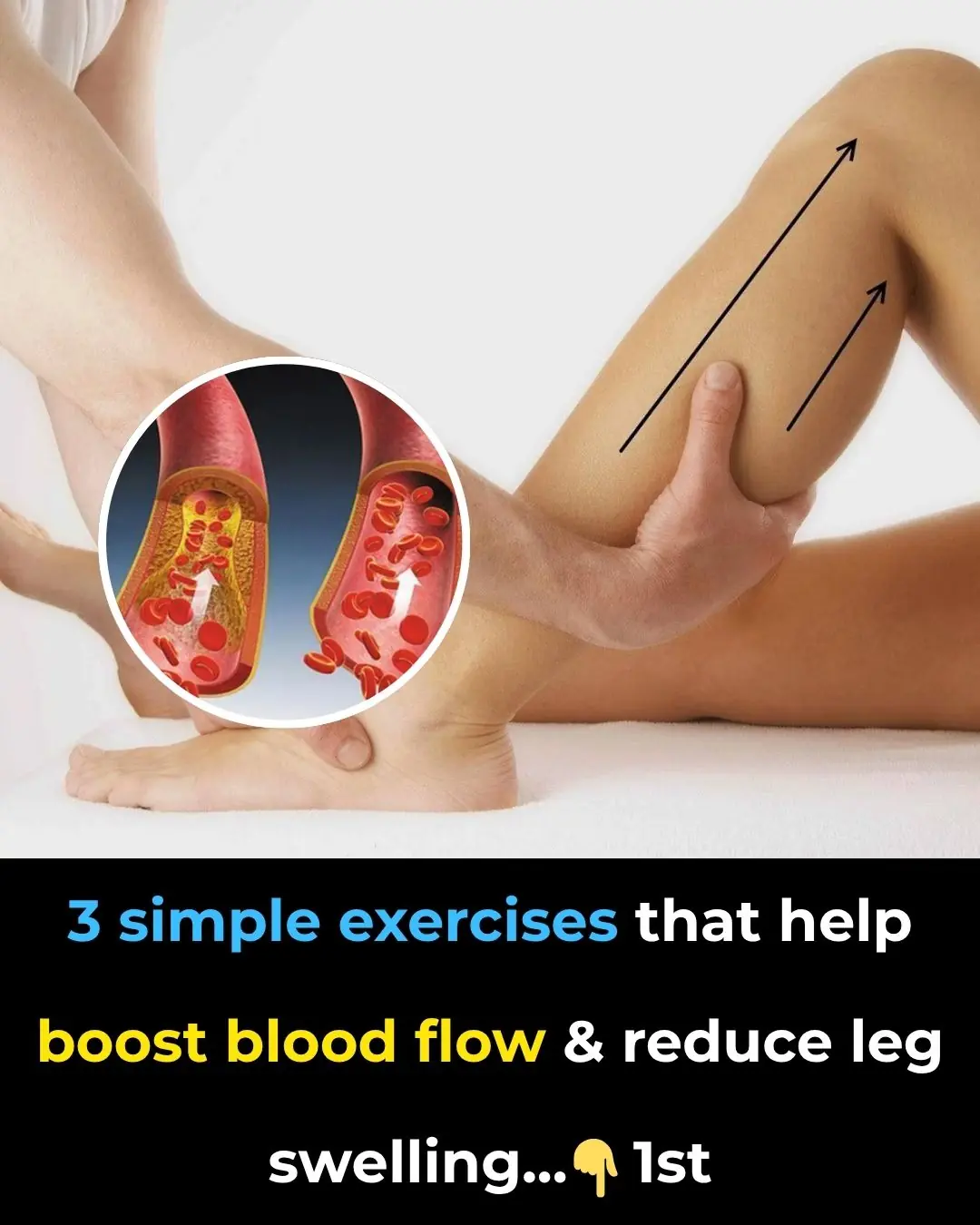
The Purpose of the Overflow Hole in Your Sink You Never Knew
Have you ever glanced at your bathroom or kitchen sink and noticed a small hole near the top—just beneath the faucet or on the inner wall of the basin? You’re not alone in wondering what it’s for. At first glance, it might seem like a design quirk, but it actually serves a very important purpose.
This little feature is called an overflow hole, and it’s one of the most underrated components in your sink.
🚰 Primary Function: Preventing Overflow and Water Damage
The name says it all. The overflow hole is designed to prevent your sink from overflowing.
Imagine this:
You're filling up the sink to wash some dishes or soak laundry, but you step away and forget to turn off the faucet. Without the overflow hole, water would eventually spill over the edge of the sink—potentially flooding your bathroom, kitchen, or vanity cabinets.
But thanks to this small but mighty hole, the excess water gets redirected into the drainpipe before it ever reaches the top of the sink. It’s a fail-safe that can protect your floors, walls, and cabinetry from costly water damage.
💡 Did You Know? Overflow holes can divert several gallons of water per minute, depending on the sink design and pipe capacity.
💨 Secondary Function: Improving Drainage Efficiency
Besides preventing floods, the overflow hole has another clever purpose: it helps your sink drain faster and more smoothly.
When water goes down the main drain, air pressure can build up behind it—especially in older or poorly vented plumbing systems. The overflow hole introduces air into the drainage line, which prevents airlocks that would otherwise slow the flow.
Benefits of this airflow:
-
Faster water drainage
-
Less gurgling or bubbling in the pipes
-
Reduced chances of clogs due to stagnant water
🛁 Not All Sinks Have Overflow Holes
While overflow holes are common, they’re not universal. In fact, some modern or minimalist sinks intentionally leave them out for a cleaner, sleeker appearance.
This is especially true for:
-
Vessel sinks (those bowl-like sinks that sit on top of counters)
-
High-end designer sinks
-
Some bathroom basins focused on aesthetic appeal over function
But here's the trade-off:
Sinks without an overflow hole look elegant, but they carry a higher risk of spillage—especially in busy households or with forgetful hands. If you’re choosing a new sink, it’s worth weighing style vs. safety.
🧼 Don’t Forget to Clean It
Like any part of your sink, the overflow hole needs occasional maintenance. Over time, it can collect:
-
Soap residue
-
Toothpaste
-
Hair
-
Grime and bacteria
This buildup can clog the overflow channel, making it useless just when you need it most.
Simple Cleaning Tip:
-
Use a small bottle brush or pipe cleaner
-
Dip it in a mild vinegar-based cleaner or dish soap
-
Gently scrub the hole and rinse with warm water
🧽 Pro tip: Clean your overflow hole monthly to avoid hidden smells and maintain proper drainage.
🧠 The Engineering Behind the Small Hole
It may be small, but the overflow hole is a smart design feature with real engineering insight behind it. Its placement and angle are calculated to:
-
Catch water before it spills over
-
Redirect it safely into the main drain
-
Maintain pressure balance in the drainpipe system
In essence, it’s a tiny feature doing a big job—quietly protecting your home from inconvenience and damage.
🏠 Final Thoughts: Small Hole, Big Role
The next time you’re brushing your teeth or washing the dishes, take a second look at that small hole in your sink. It’s not just a random opening—it’s a built-in safety system that’s been quietly working to protect your home all along.
In a world full of smart appliances and tech gadgets, it's refreshing to know that simple, passive design elements—like the humble overflow hole—are still incredibly effective.
✅ Function meets form—and sometimes, it’s the smallest details that make the biggest difference.
News in the same category

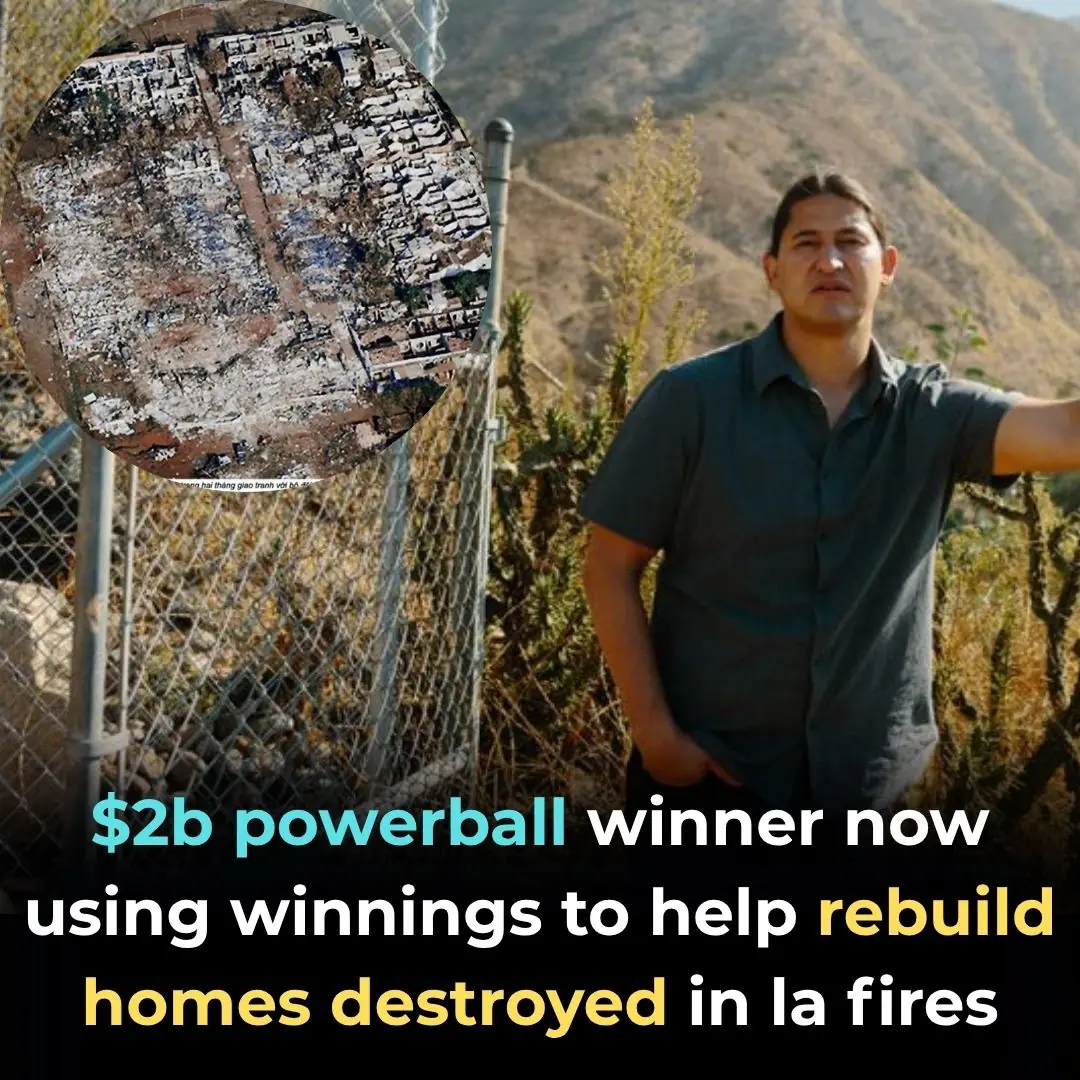
Powerball Winner Turns $2 Billion Fortune Toward Rebuilding Fire-Ravaged L.A. Homes

The Astonishing Claim That Humans Might Be Built for 20,000 Years

Signs Your Adult Child May Resent How You Raised Them

What’s the Reason Behind Painting Trees White?
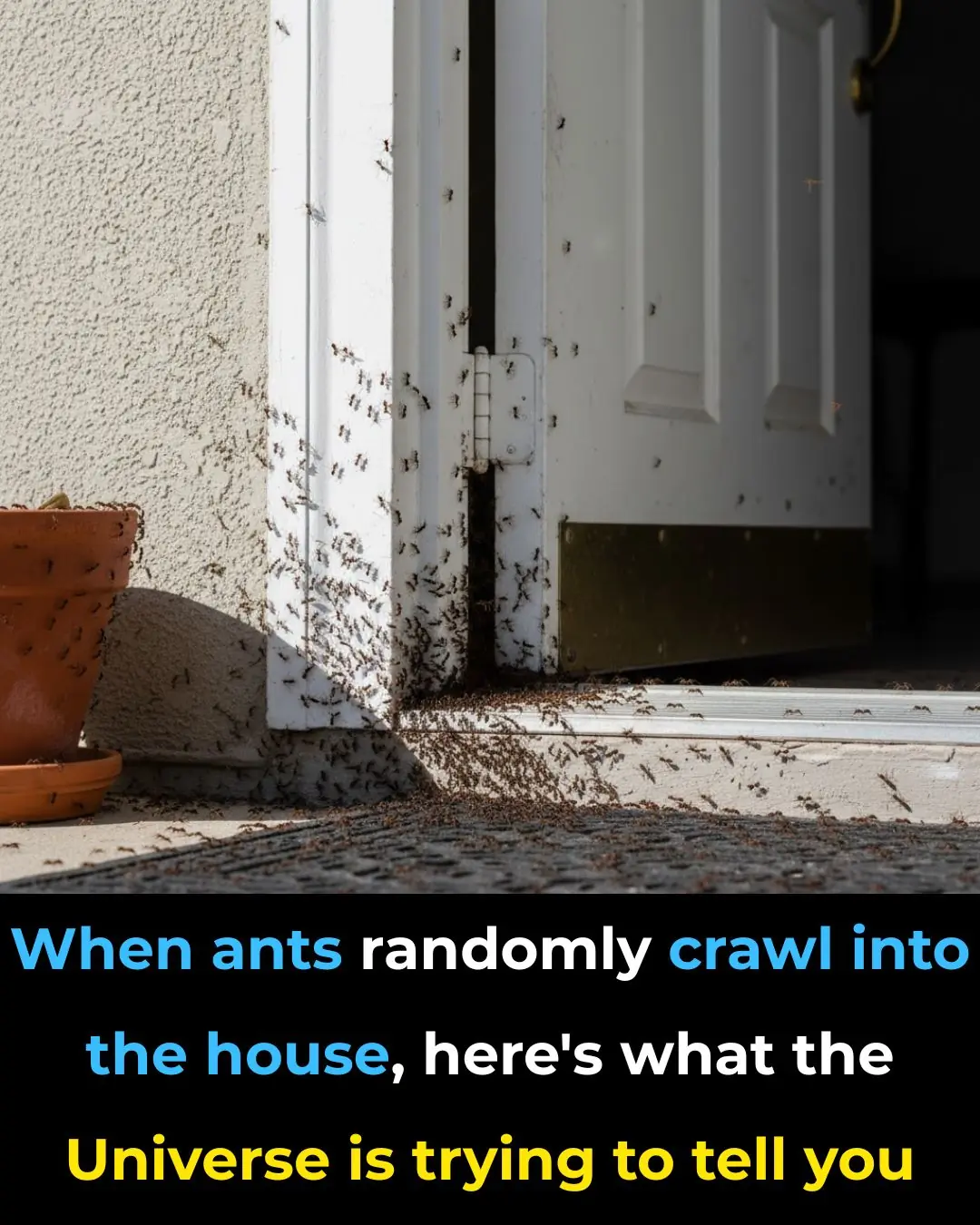
When ants randomly crawl into the house, here's what the Universe is trying to tell you
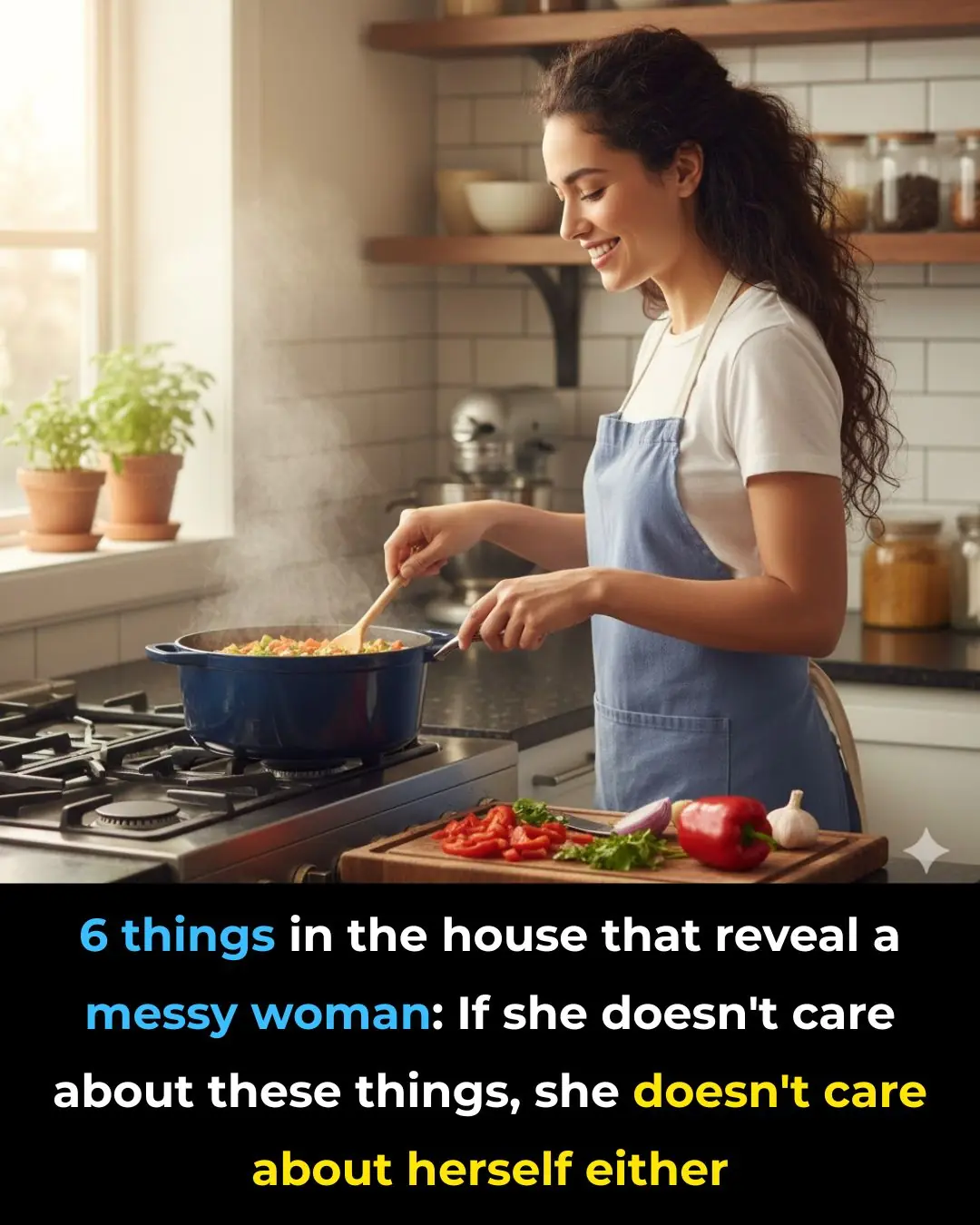
6 things in the house that reveal a messy woman
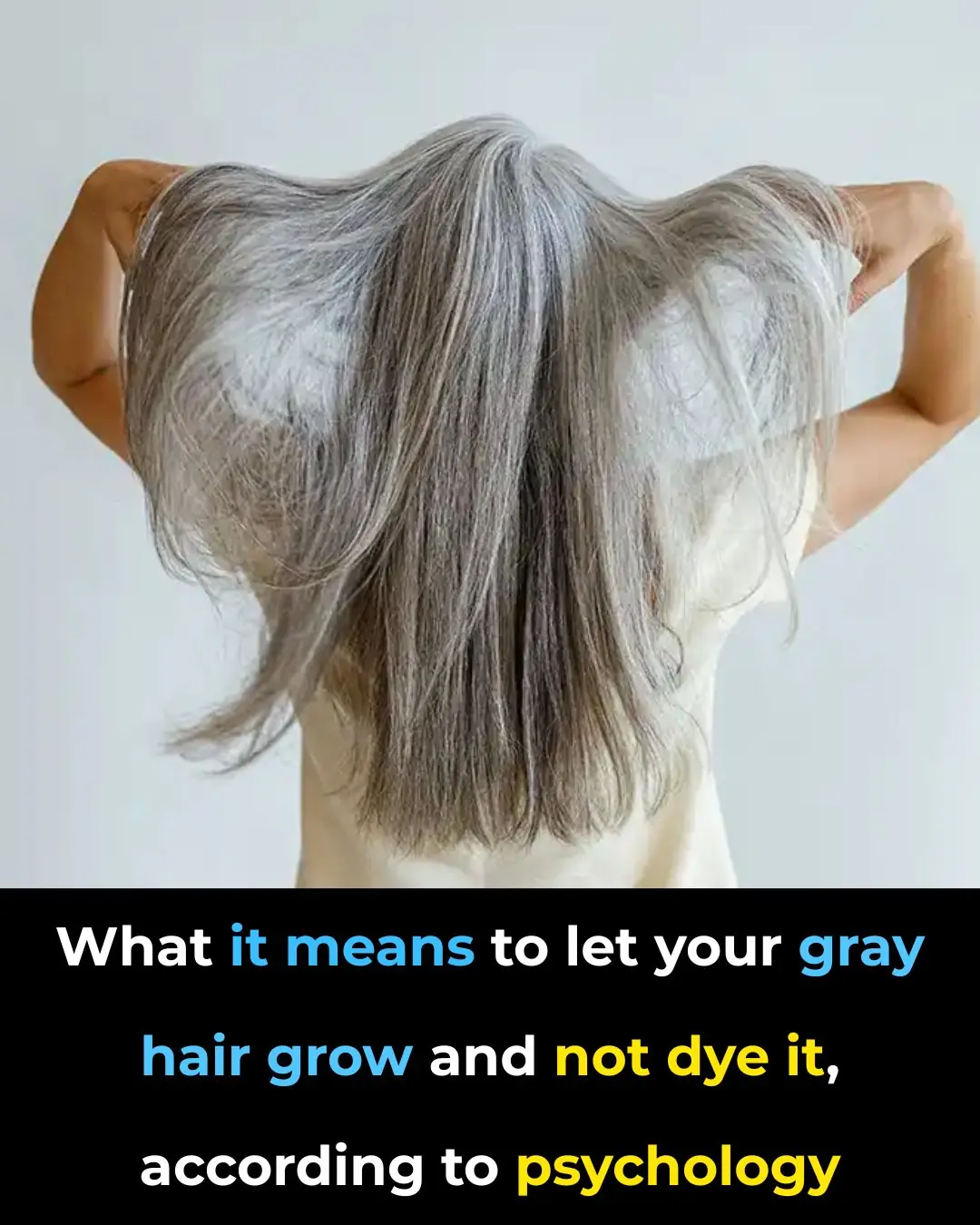
What it means to let your gray hair grow and not dye it, according to psychology
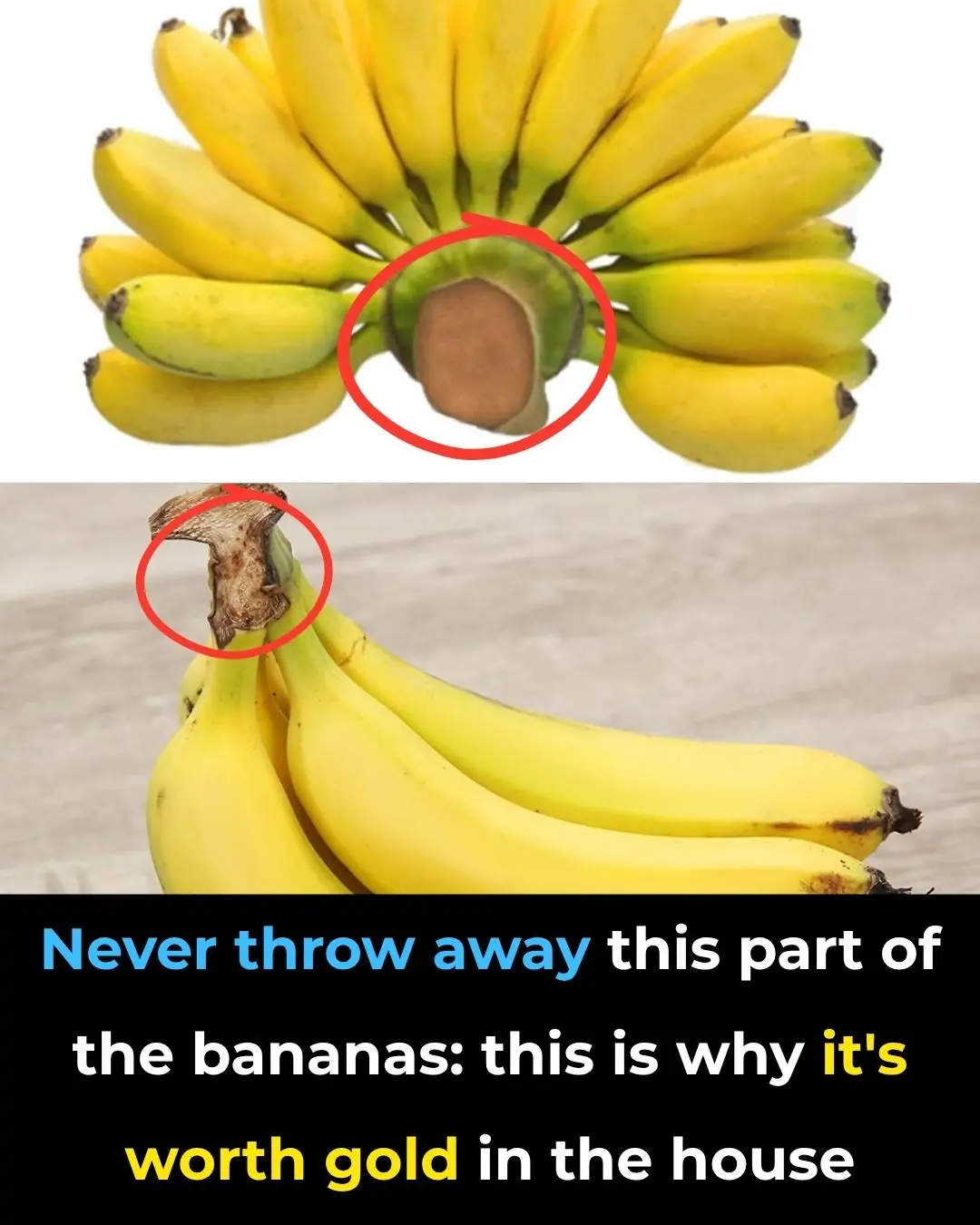
Never throw away this part of the bananas: that's why it's worth its weight in gold in the house
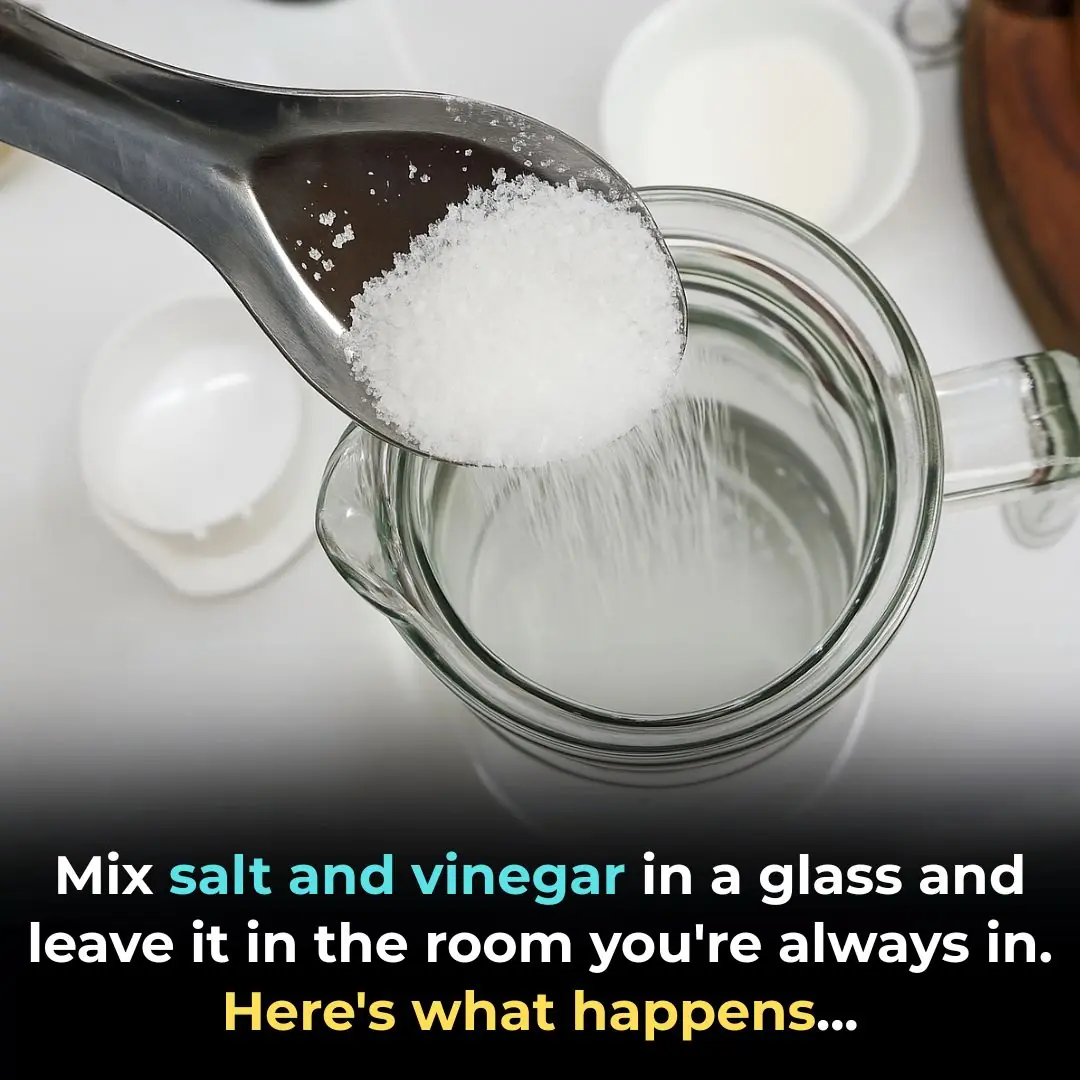
What Mixing Vinegar, Salt, and Water Does?
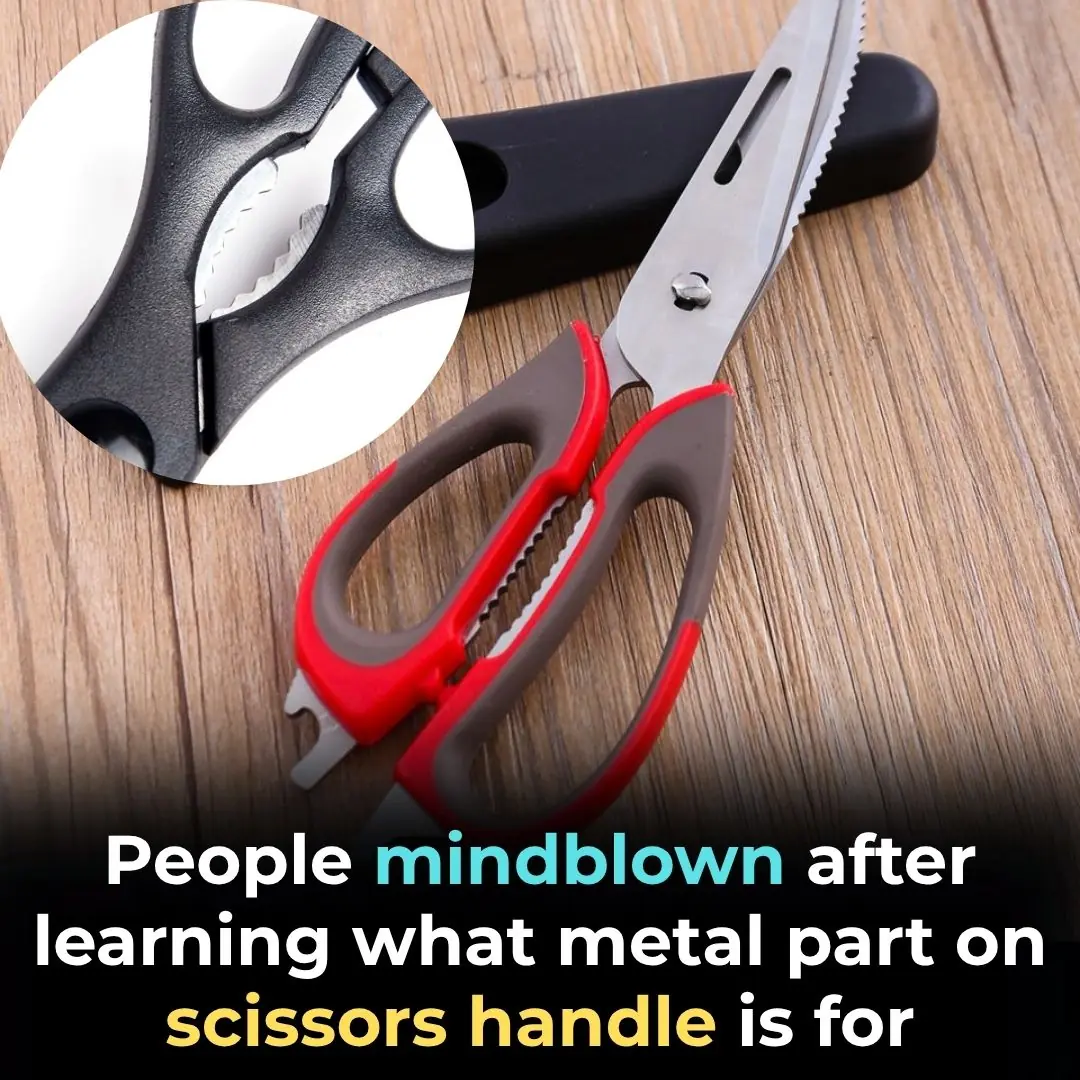
The Surprising Purpose of the Metal Part Between Scissors’ Handles
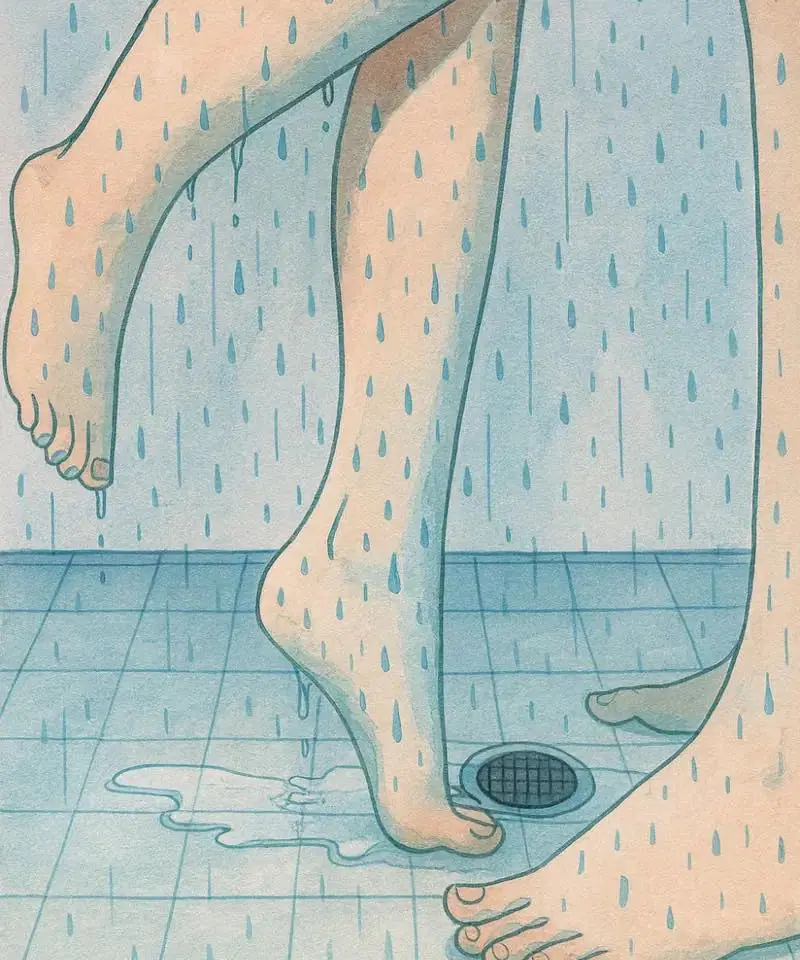
Showering with Your Partner

How a $20 Million Dream Home Became a Monument to Nowhere

The Man Who Can ‘Prove’ Life Is a Simulation With Just a DMT Vape and a Laser

What You See First Reveals a Key Trait of Your Personality
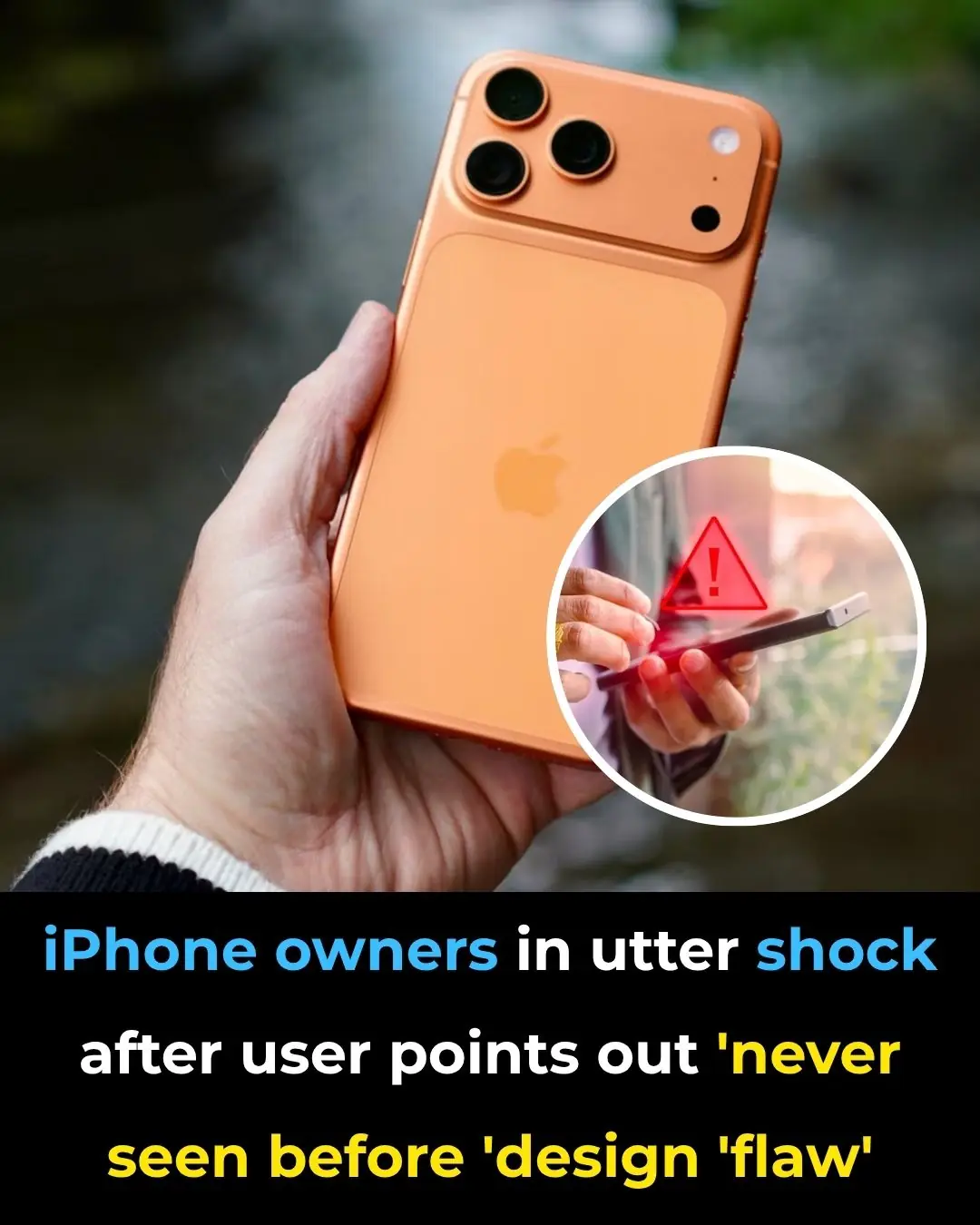
iPhone owners in utter shock after user points out 'never seen before' design 'flaw'

5 Mistakes Women Unknowingly Make That Drive Men Away

The Tradition Behind Japanese Floor Sleeping
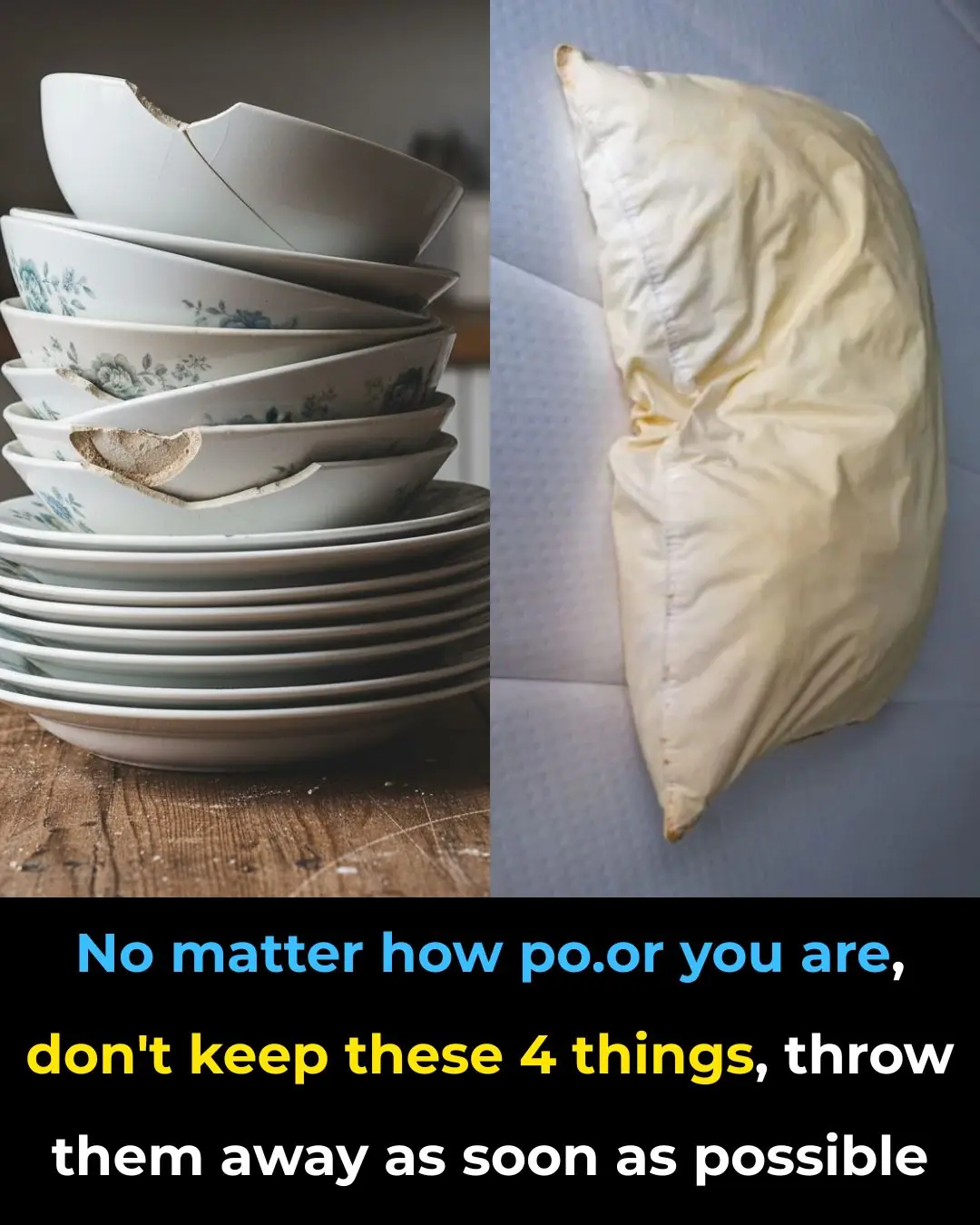
14 Items to Throw Away Right Now
News Post

What Your Lips Say About Your Health

Important News for Everyone Who Loves a Daytime Nap

The Night Edith Found Her Angels at a Waffle House

The Dog Who Healed Our Hearts: A Story of Rescue, Love, and Second Chances
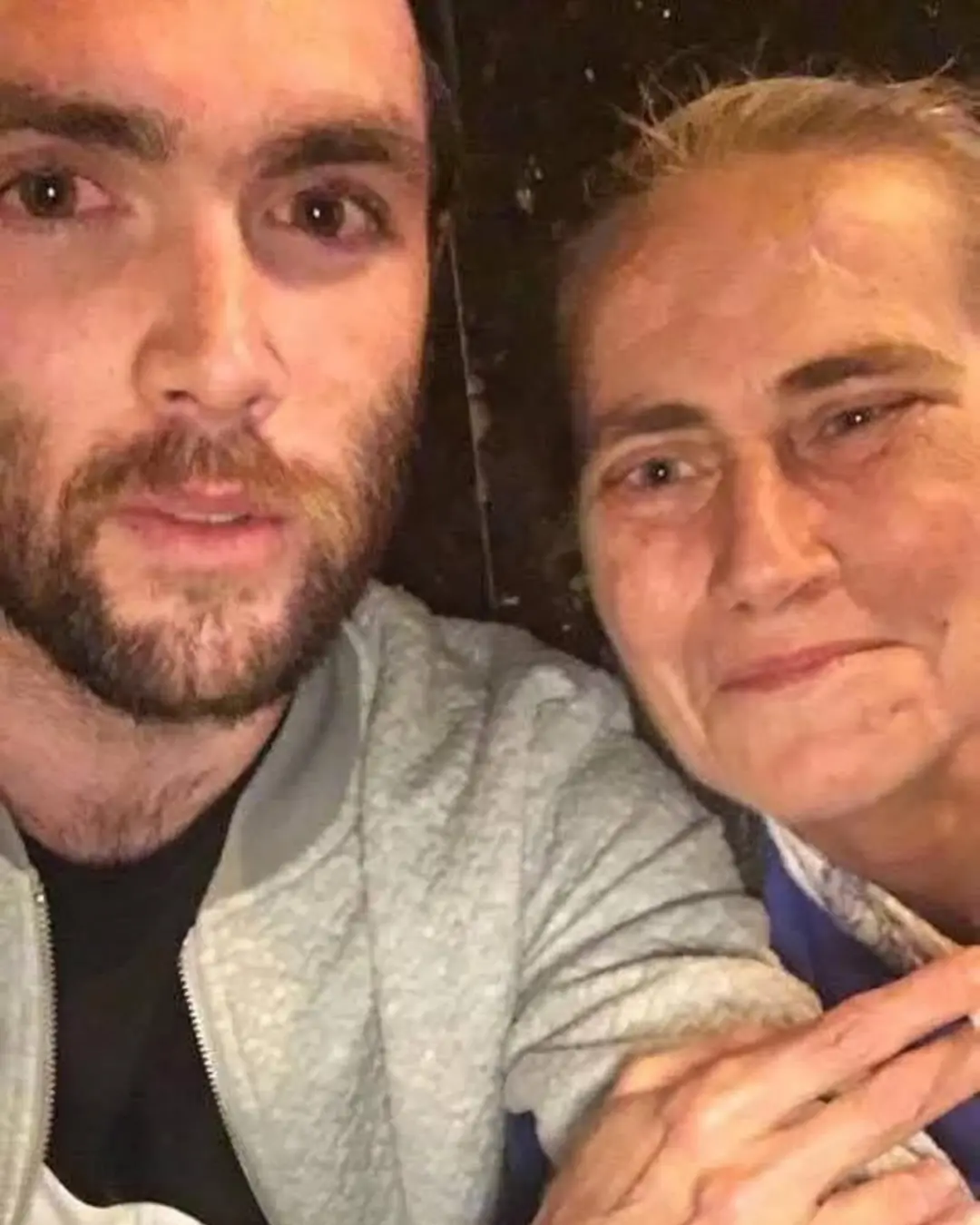
A Night at McDonald’s That Changed a Life — And Mine

Beyond the Badge: A Police Officer’s Reflection on True Community Connection

Koda the Christmas Bandit: The Dog Who Unwrapped Every Gift Under the Tree

A Brother’s Gift: Caleb’s Courage for His Sister Libby

Two Brothers, One Battle: The Scotts’ Fight for Life and Hope

An Elephant’s Cry, A Human Answer.
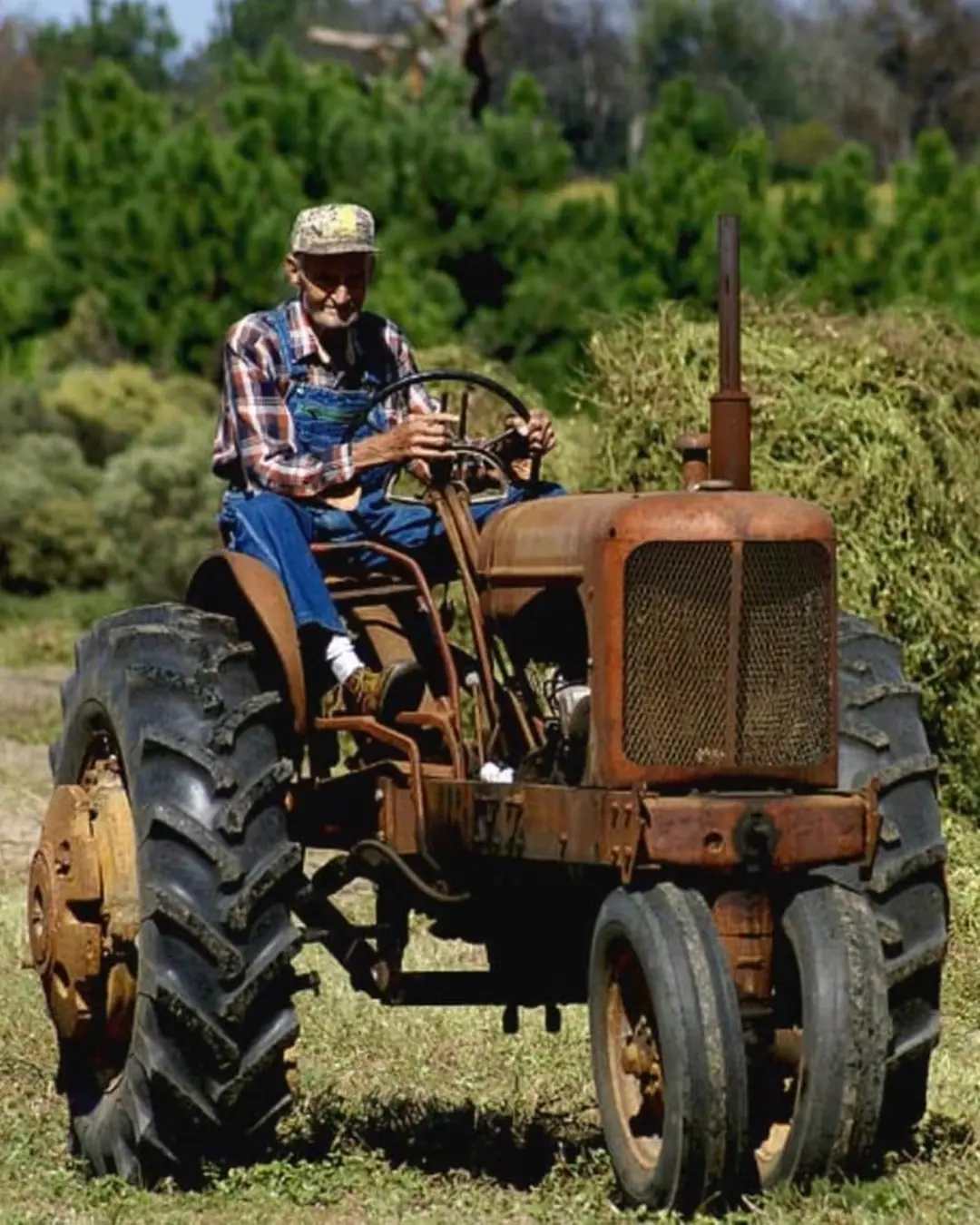
The Farmer’s Slow Lane

The Gift of a Grandfather Without Bloodlines.
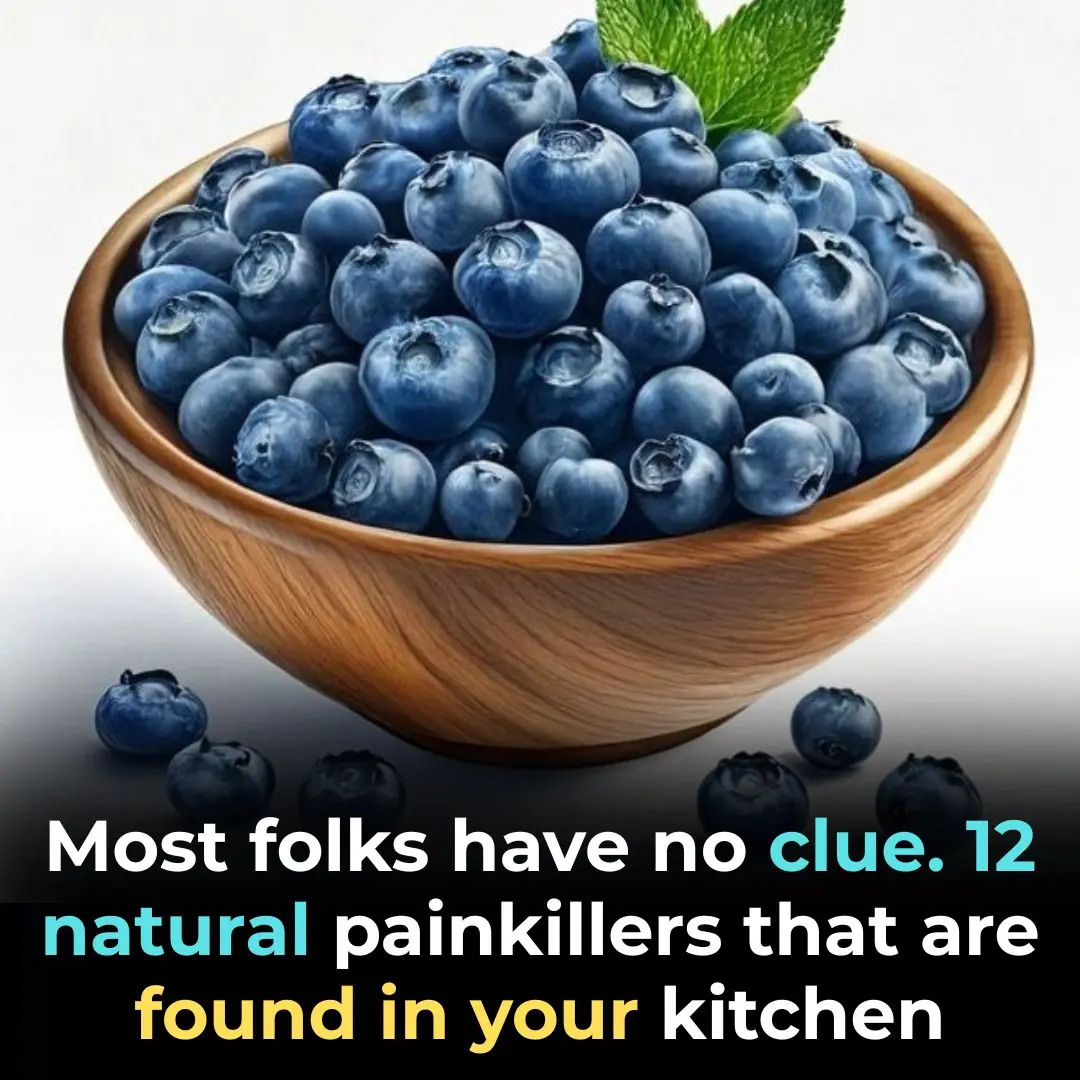
12 Powerful Natural Painkillers Found in Your Kitchen
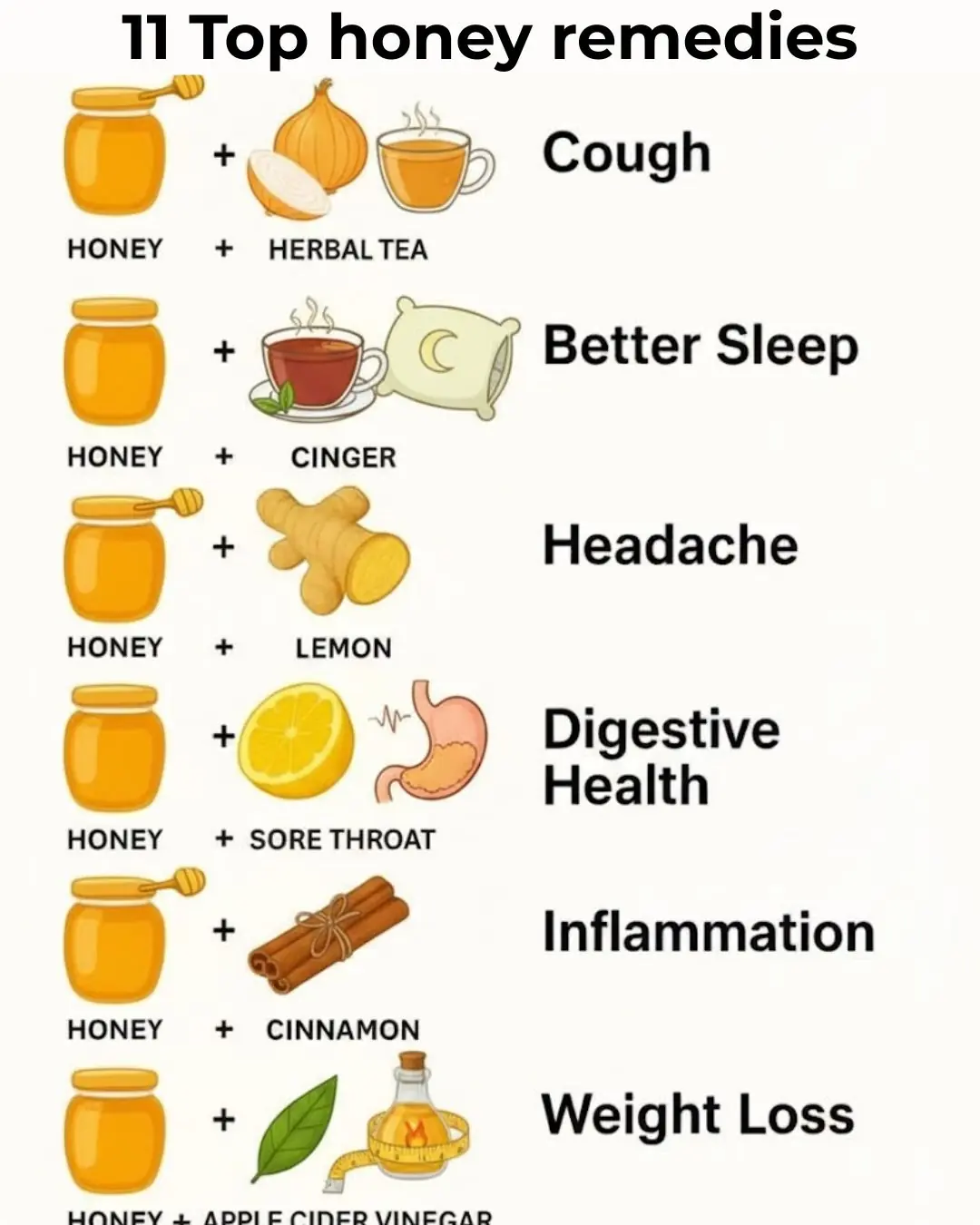
11 Honey Remedies That Truly Work
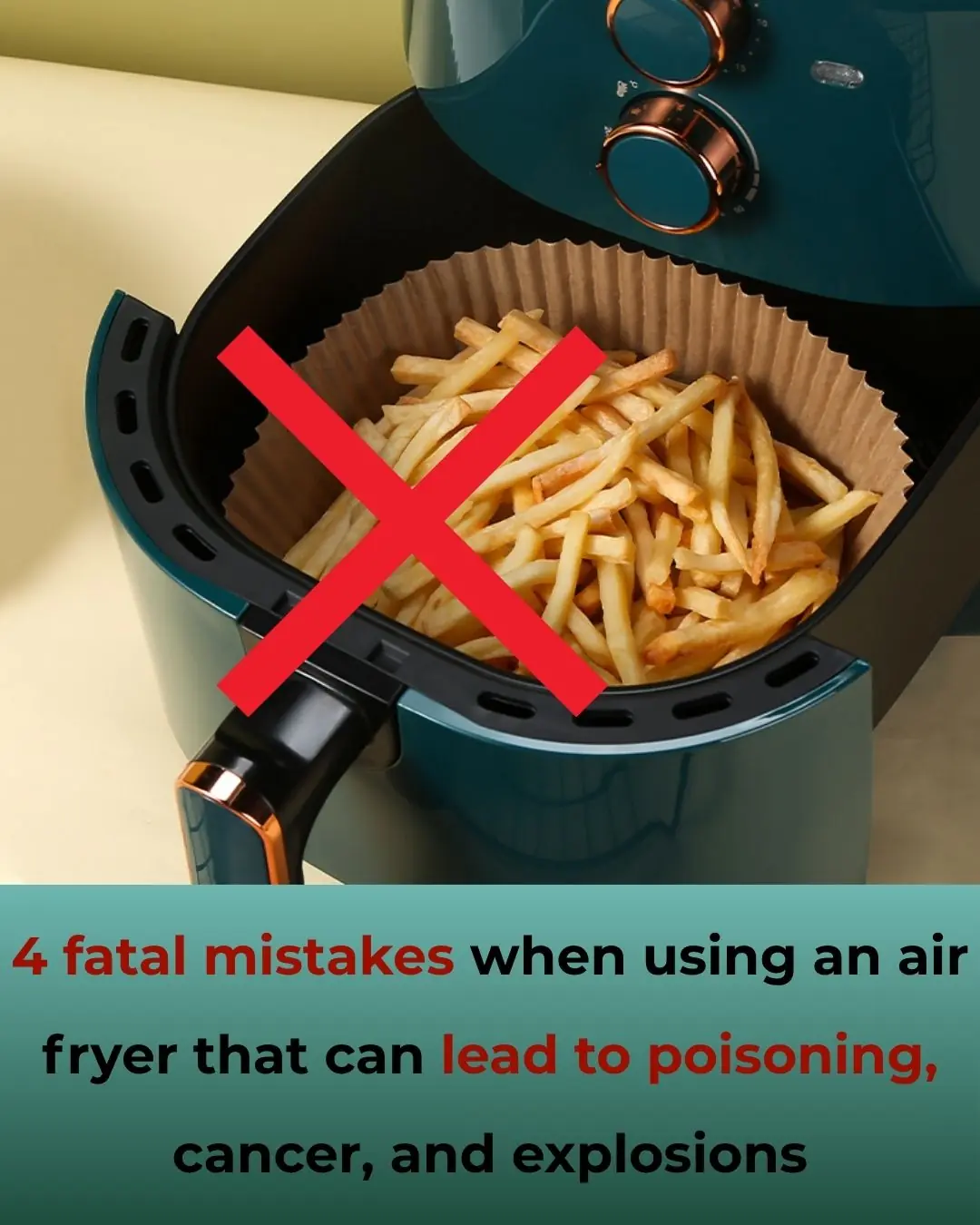
4 Dangerous Mistakes When Using an Air Fryer That Can Lead to Poisoning, Cancer, and Even Fires
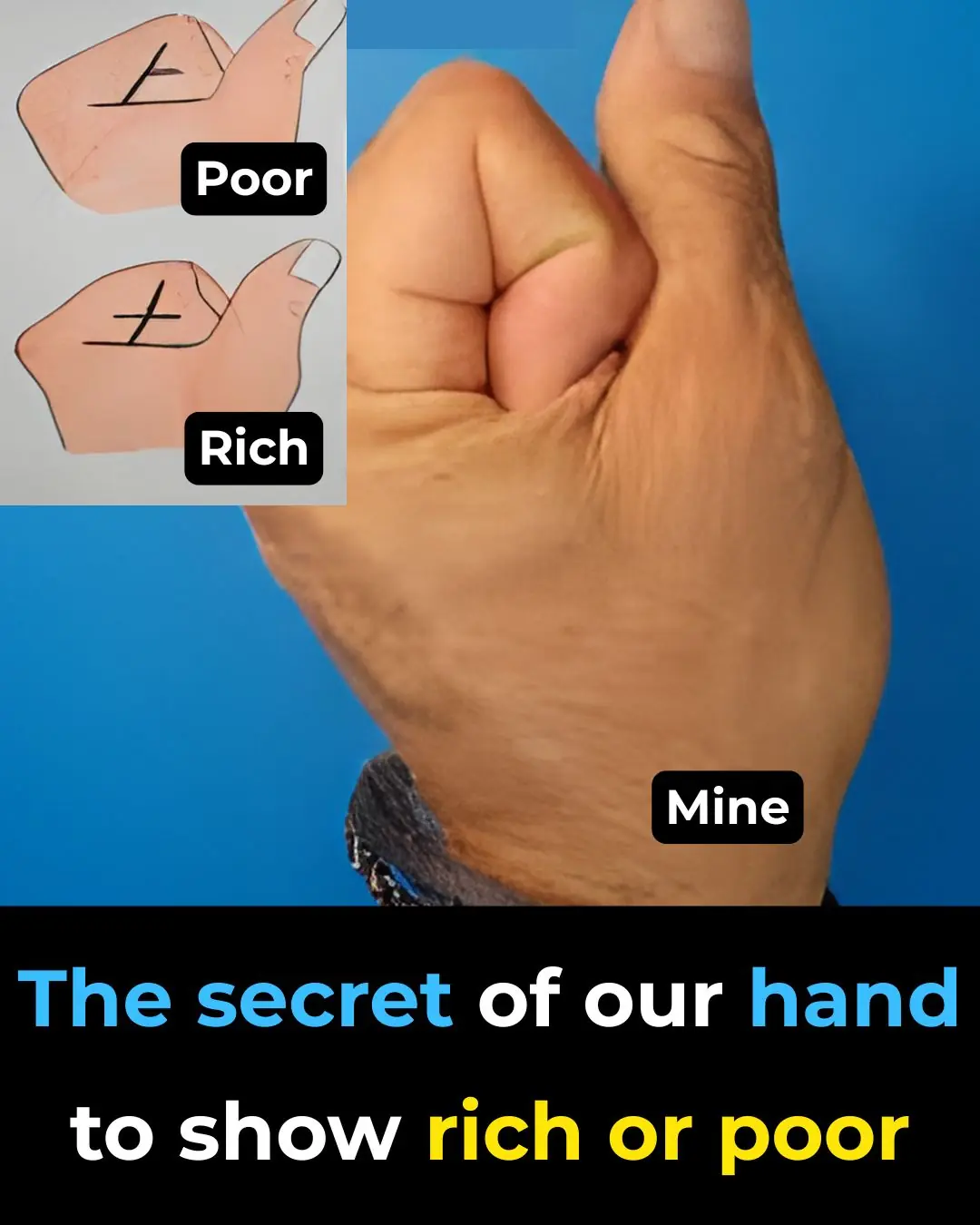
The Secret of Our Hand to Show RICH or POOR…
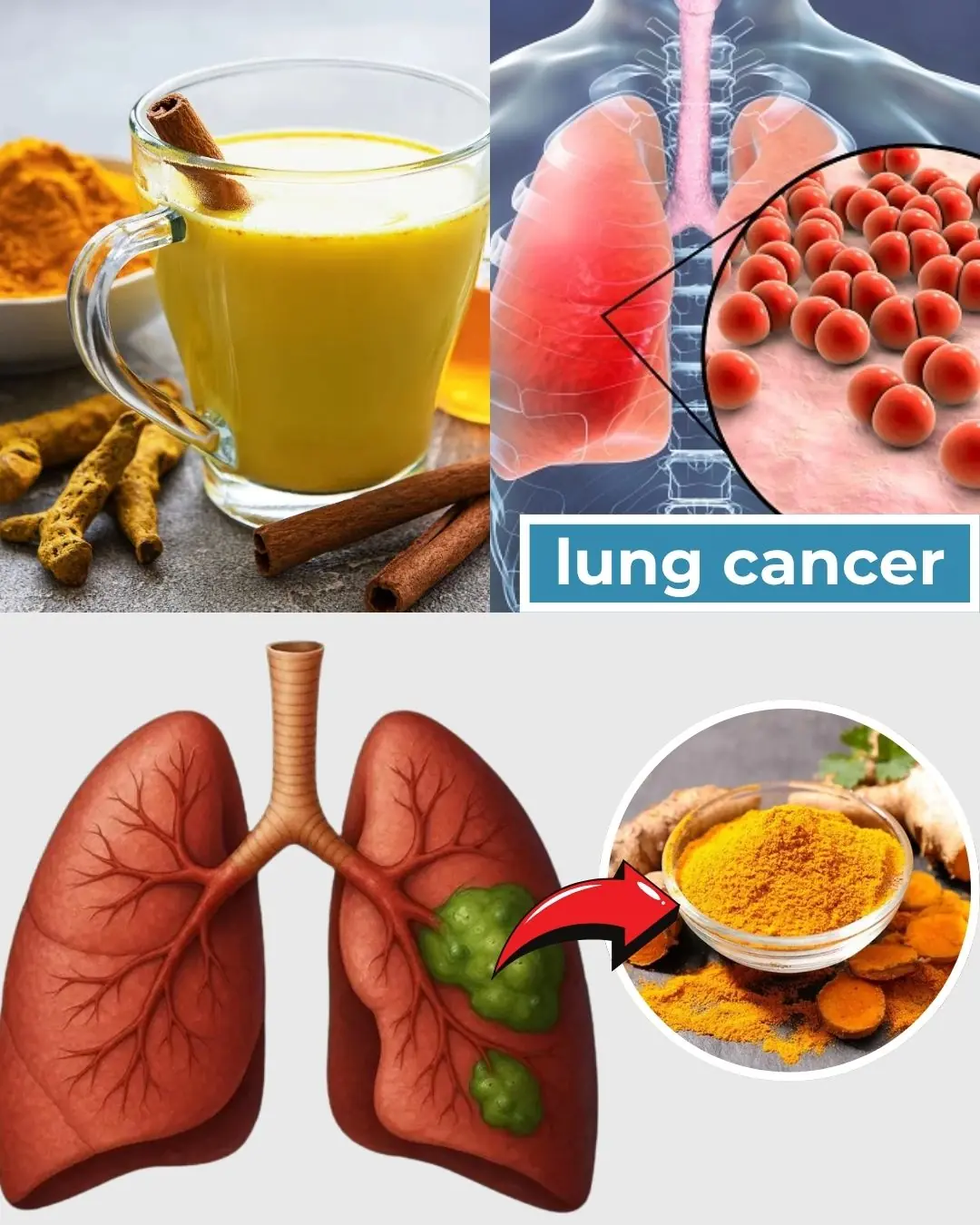
Only 2% Know This Ancient Spice Can Clean Lung Mucus Overnight 💥
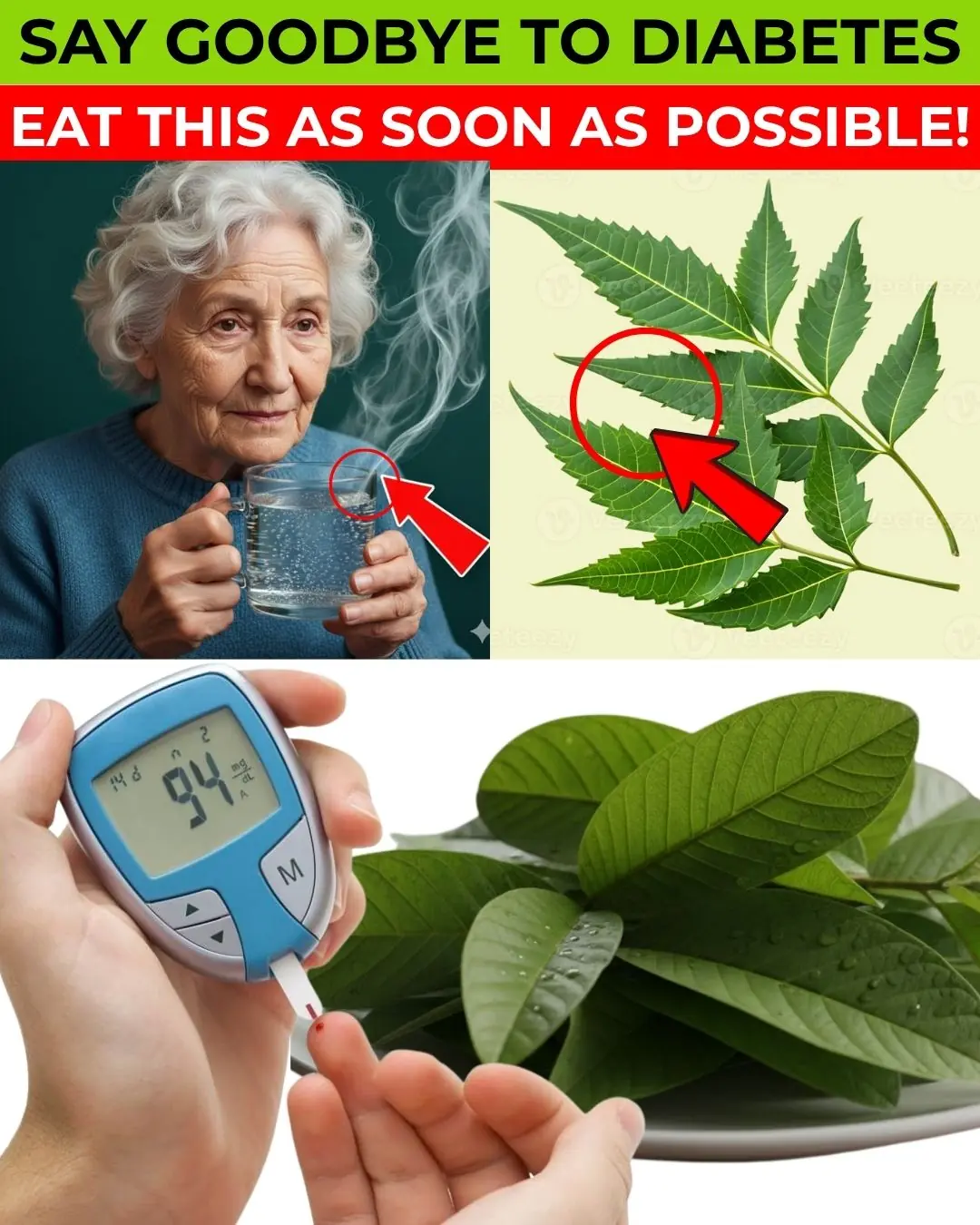
🌿 SENIORS: This 1 Leaf DESTROYS Diabetes & Melts Belly Fat (Doctors HATE It!) | Barbara O’Neill
